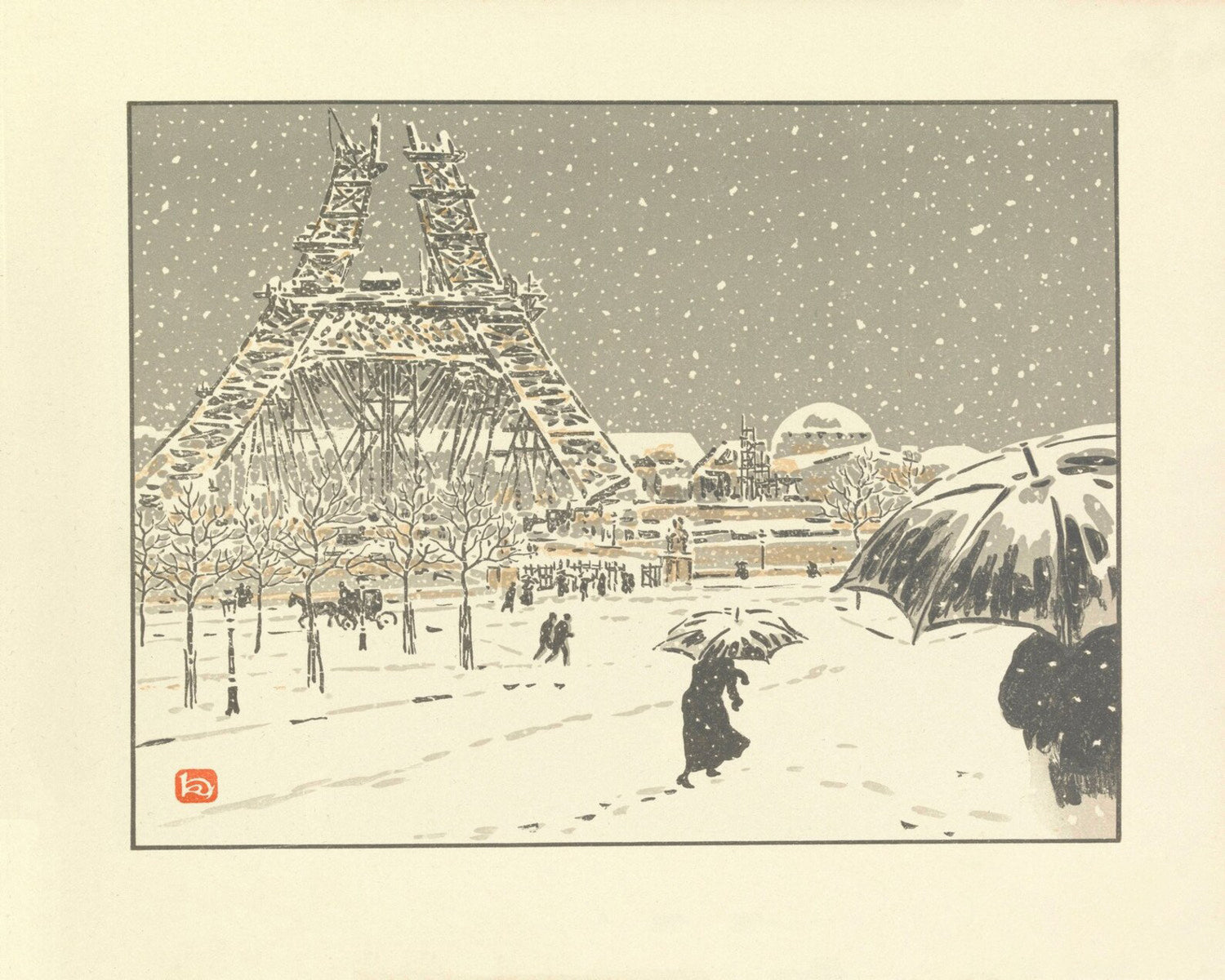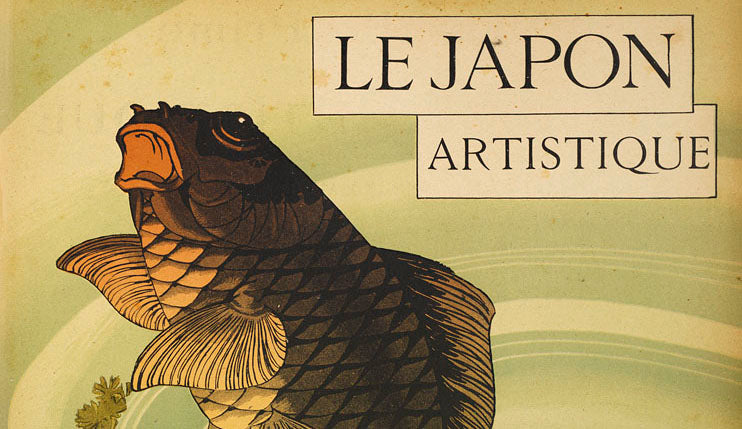Mount Fuji, Japan's iconic peak, has long captivated the hearts and minds of artists across the globe. Its majestic presence has inspired countless works of art, transcending cultural boundaries and resonating with audiences far beyond Japan. In this post, we explore five influential artists whose work reflects the beauty and significance of Mount Fuji.

Hokusai: The Great Wave off Kanagawa
Katsushika Hokusai: The Master of Ukiyo-e
Hokusai is perhaps the most famous artist associated with Mount Fuji. His series Thirty-Six Views of Mount Fuji (1830-1833) features stunning woodblock prints that showcase the mountain in various seasons and conditions. Among these, The Great Wave off Kanagawa stands out not only for its dramatic composition but also for how it juxtaposes the power of nature with the serene majesty of Fuji. Hokusai’s ability to capture the essence of the mountain while exploring themes of transience and permanence continues to inspire artists today.
Utagawa Hiroshige: The Poet of Landscapes
Following in Hokusai's footsteps, Hiroshige brought his own unique perspective to the depiction of Mount Fuji. His works often feature the mountain as a backdrop to everyday life, emphasizing its role within the natural landscape. In pieces like The Fifty-three Stations of the Tōkaidō, Hiroshige blends vibrant colors with intricate details, inviting viewers to appreciate both the mountain's grandeur and its connection to human experiences. His ability to evoke emotion through landscape is a testament to Fuji's enduring allure.
Henri Rivière: Bridging Cultures
French artist Henri Rivière found inspiration in Japanese art during the Japonisme movement. His series Thirty-Six Views of the Tour Eiffel pays homage to Hokusai’s iconic prints while reinterpreting them through a Western lens. Rivière’s work reflects a cross-cultural dialogue that highlights how Mount Fuji's imagery can transcend geographical boundaries, influencing artists across continents and eras.

Henri Rivière: The Tower under Construction
Vincent van Gogh: A Colorful Tribute
Vincent van Gogh’s fascination with Japanese art is well-documented, and his admiration for Hokusai is evident in his own work. While he did not depict Mount Fuji directly, his use of bold colors and expressive brushwork echoes the vibrancy found in Japanese prints. Van Gogh’s incorporation of these elements into his landscapes demonstrates how Mount Fuji's aesthetic can inspire creativity beyond its physical presence.

Vincent van Gogh: Starry Night
Paul Gauguin: The Quest for Meaning
Paul Gauguin was another artist influenced by Japanese aesthetics. His exploration of color and form often reflects a desire to convey deeper meanings, similar to those found in traditional Japanese art. While Gauguin may not have painted Mount Fuji directly, his stylistic choices resonate with its spirit—capturing an essence that speaks to both beauty and existential inquiry.

Paul Gauguin: Rue de Tahiti
Conclusion: A Universal Muse
Mount Fuji serves as more than just a geographical landmark; it is a powerful symbol that transcends cultural boundaries and artistic movements. From Hokusai’s detailed prints to Gauguin’s vibrant colors, these artists have each contributed to a rich tapestry of artistic expression inspired by this majestic mountain. As we continue to explore art influenced by nature, Mount Fuji remains a timeless muse—inviting us all to reflect on its beauty and significance.




Leave a comment
This site is protected by hCaptcha and the hCaptcha Privacy Policy and Terms of Service apply.